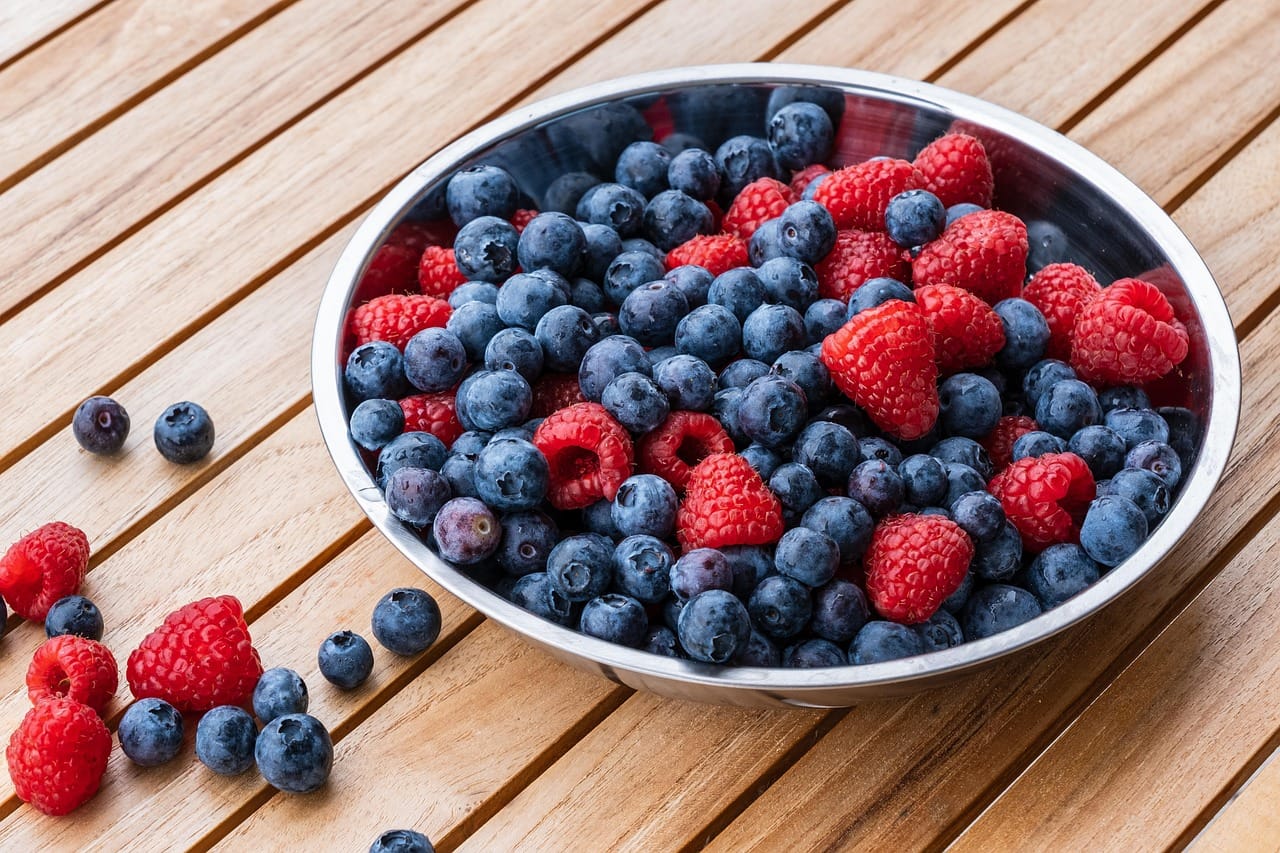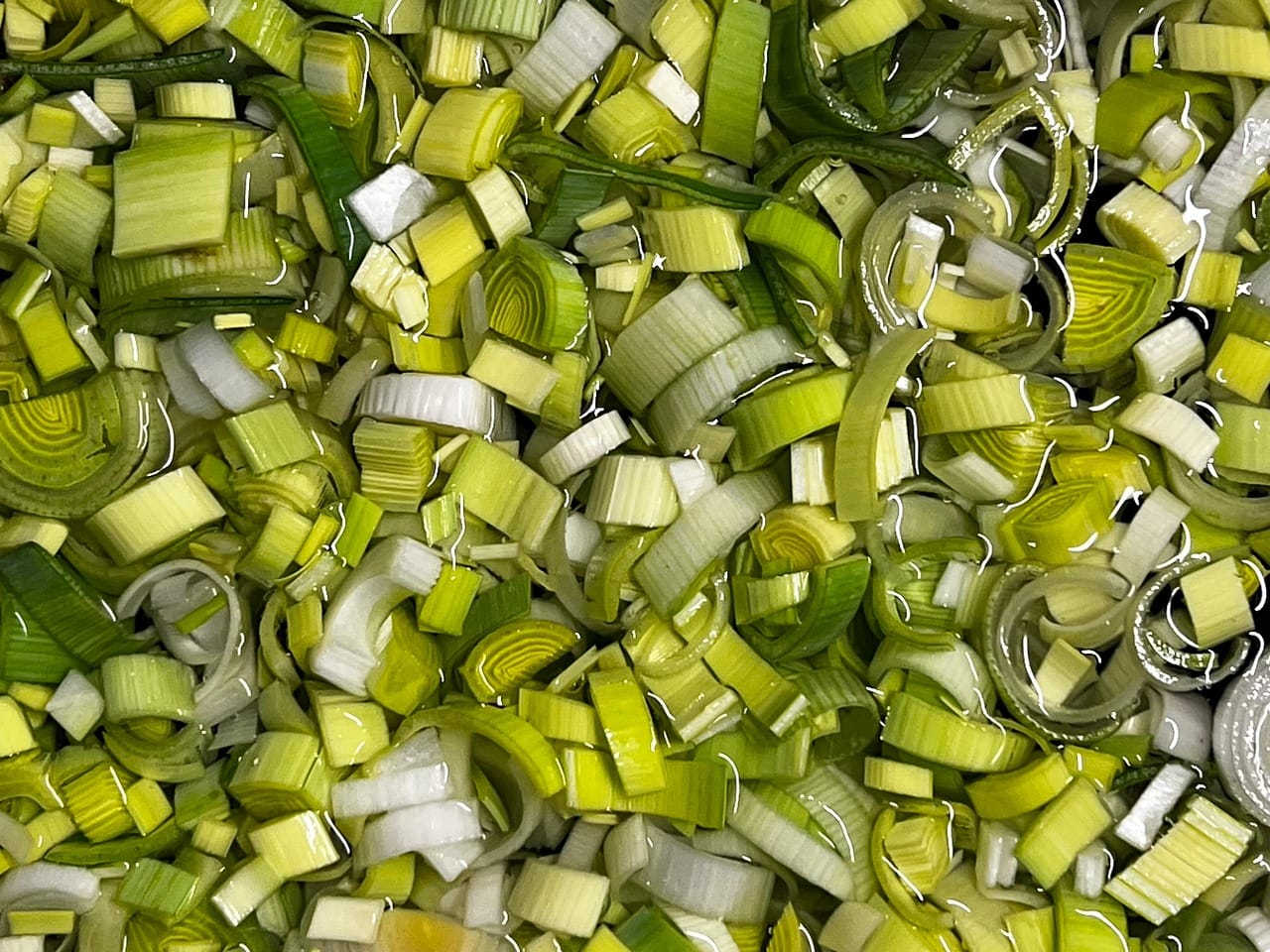Edamame bowls are taking the culinary world by storm, and for good reason. These vibrant, nutrient-packed meals are incredibly versatile, easy to prepare, and bursting with flavor. Whether you’re a seasoned vegan, a health-conscious foodie, or simply looking for a quick and satisfying lunch, an edamame bowl offers a delicious and customizable solution. This guide will walk you through everything you need to know about creating the perfect edamame bowl, from understanding the nutritional benefits to exploring exciting flavor combinations.
What is an Edamame Bowl?
An edamame bowl is essentially a deconstructed sushi or a vibrant salad featuring edamame (young soybeans) as the star ingredient. It’s a customizable meal often built upon a base of grains, topped with various vegetables, proteins (besides edamame), flavorful sauces, and optional garnishes. The beauty of the edamame bowl lies in its flexibility – you can tailor it to your dietary needs, preferences, and the ingredients you have on hand.
The Appeal of Edamame
Edamame is not just a trendy ingredient; it’s a nutritional powerhouse.
- Protein-Rich: Edamame is a complete protein, meaning it contains all nine essential amino acids. This makes it an excellent choice for vegetarians and vegans.
- High in Fiber: Fiber contributes to digestive health, helps regulate blood sugar levels, and promotes feelings of fullness, aiding in weight management.
- Rich in Vitamins and Minerals: Edamame is a good source of vitamins like folate and vitamin K, as well as minerals like manganese, magnesium, and iron.
- Low in Calories: A one-cup serving of edamame typically contains around 220 calories, making it a satisfying and guilt-free addition to your diet.
Nutritional Benefits Beyond Edamame
The ingredients you add to your edamame bowl further enhance its nutritional value. Incorporating a variety of colorful vegetables provides essential vitamins, minerals, and antioxidants. Grains, such as quinoa or brown rice, offer complex carbohydrates for sustained energy. Healthy fats from avocados or nuts contribute to heart health and overall well-being.
Building Your Perfect Edamame Bowl: A Step-by-Step Guide
Creating the ideal edamame bowl is a simple and rewarding process. Here’s a breakdown of the key components and how to assemble them.
Choosing Your Base
The base provides the foundation for your edamame bowl. Opt for options that are both nutritious and flavorful.
- Grains: Quinoa, brown rice, wild rice, and farro are excellent choices. They offer complex carbohydrates and fiber, providing sustained energy.
- Greens: Salad greens like spinach, kale, or mixed greens can also serve as a base, offering a lighter and more refreshing alternative.
- Example: Cook 1 cup of quinoa according to package directions. This will yield approximately 3 cups of cooked quinoa, enough for several bowls.
Adding Vegetables
This is where you can get creative and load up on essential vitamins and minerals.
- Colorful Choices: Think bell peppers (red, yellow, orange), cucumbers, carrots, shredded cabbage, and radishes.
- Cooked Vegetables: Roasted sweet potatoes, broccoli, or Brussels sprouts add warmth and depth of flavor.
- Example: Chop ½ cup of each of the following: cucumber, red bell pepper, and shredded carrots.
Protein Power
While edamame is already a great source of protein, consider adding other protein sources for variety and flavor.
- Plant-Based: Tofu (pan-fried, baked, or air-fried), tempeh, chickpeas, or black beans.
- Animal-Based (Optional): Grilled chicken, salmon, shrimp, or hard-boiled eggs.
- Example: Cube and pan-fry 4 ounces of firm tofu until golden brown. Season with soy sauce and a pinch of ginger.
Sauces and Dressings
The sauce is what ties all the flavors together and adds a delicious finishing touch.
- Soy-Based: Tamari, soy sauce, or a teriyaki-style sauce provide umami and saltiness.
- Creamy Options: Peanut sauce, tahini dressing, or a vegan sriracha mayo offer richness and spice.
- Citrusy Dressings: Lemon-tahini dressing or a ginger-lime vinaigrette adds brightness and acidity.
- Example: Whisk together 2 tablespoons of soy sauce, 1 tablespoon of rice vinegar, 1 teaspoon of sesame oil, and ½ teaspoon of maple syrup for a simple and flavorful dressing.
Garnishes and Toppings
These add texture, flavor, and visual appeal to your edamame bowl.
- Seeds and Nuts: Sesame seeds, pumpkin seeds, almonds, or cashews provide healthy fats and crunch.
- Fresh Herbs: Cilantro, parsley, or green onions add freshness and aroma.
- Pickled Vegetables: Pickled ginger or pickled onions offer a tangy and flavorful kick.
- Spicy Elements: Sriracha, chili flakes, or a drizzle of hot sauce for those who like a little heat.
- Example: Sprinkle 1 tablespoon of toasted sesame seeds and a handful of chopped cilantro over your finished bowl.
Edamame Bowl Recipe Ideas: Flavor Combinations to Try
Experiment with different flavor combinations to find your favorite edamame bowl variations.
Asian-Inspired Edamame Bowl
- Base: Brown rice or quinoa
- Vegetables: Shredded carrots, cucumber, edamame, red bell pepper
- Protein: Tofu or grilled chicken
- Sauce: Teriyaki sauce or peanut sauce
- Garnishes: Sesame seeds, green onions, and nori flakes
Mediterranean Edamame Bowl
- Base: Quinoa or mixed greens
- Vegetables: Cherry tomatoes, cucumber, red onion, Kalamata olives
- Protein: Chickpeas or feta cheese (optional)
- Sauce: Lemon-tahini dressing
- Garnishes: Fresh parsley, a sprinkle of oregano, and a drizzle of olive oil
Spicy Edamame Bowl
- Base: Brown rice
- Vegetables: Corn, black beans, avocado, red onion
- Protein: Black beans or grilled shrimp
- Sauce: Sriracha mayo or a spicy peanut sauce
- Garnishes: Cilantro, lime wedges, and a sprinkle of chili flakes
Quick and Easy Edamame Bowl
- Base: Pre-cooked quinoa or rice
- Vegetables: Steamed broccoli, shredded carrots, edamame
- Protein: Pre-cooked chicken or canned tuna
- Sauce: Soy sauce or a bottled vinaigrette
- Garnishes: Sesame seeds
Tips for Making the Best Edamame Bowl
Here are some practical tips to elevate your edamame bowl game.
Preparing Edamame Properly
- Frozen Edamame: Use frozen edamame for convenience. Steam or boil until tender (typically 5-7 minutes).
- Fresh Edamame: If using fresh edamame, steam or boil in the pods until tender, then shell them.
- Seasoning: Toss the cooked edamame with a pinch of salt, pepper, and a drizzle of sesame oil for extra flavor.
Meal Prep Strategies
Edamame bowls are perfect for meal prepping.
- Prepare Ingredients in Advance: Cook your grains, chop your vegetables, and prepare your protein sources ahead of time.
- Store Separately: Store each component separately in airtight containers to prevent them from becoming soggy.
- Assemble Just Before Eating: Assemble your bowls just before eating to maintain freshness and texture.
Adjusting for Dietary Needs
Edamame bowls can easily be adapted to various dietary needs.
- Vegan/Vegetarian: Omit animal-based proteins and use plant-based alternatives.
- Gluten-Free: Use gluten-free grains like quinoa or rice and tamari instead of soy sauce.
- Low-Carb: Use salad greens as a base and focus on non-starchy vegetables and protein.
Conclusion
Edamame bowls offer a delicious, nutritious, and incredibly versatile meal option for anyone looking to incorporate more plant-based foods into their diet. With a few simple ingredients and a little creativity, you can create a customized bowl that satisfies your taste buds and nourishes your body. Whether you’re a busy professional, a health-conscious individual, or simply looking for a fun and flavorful meal, the edamame bowl is a fantastic choice. Experiment with different combinations, explore new flavors, and enjoy the endless possibilities of this delightful dish.




